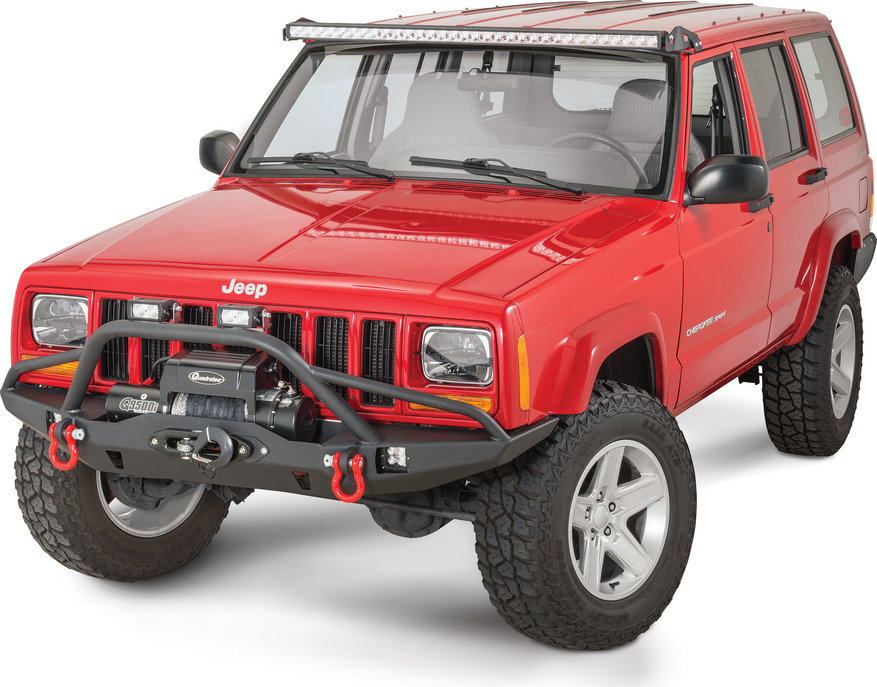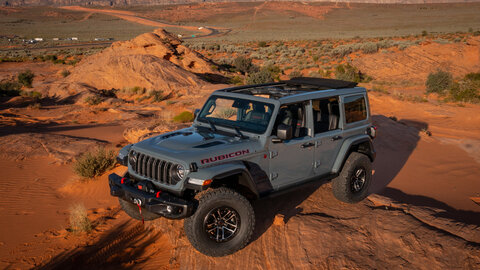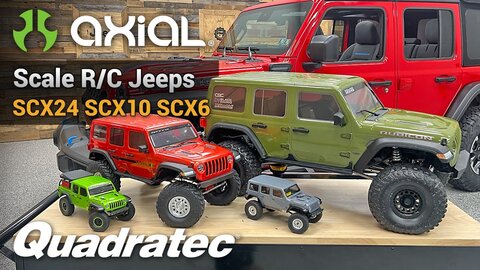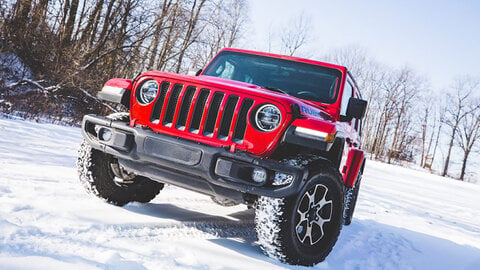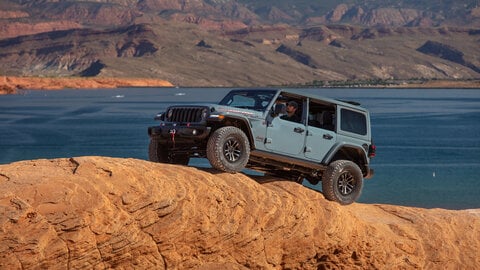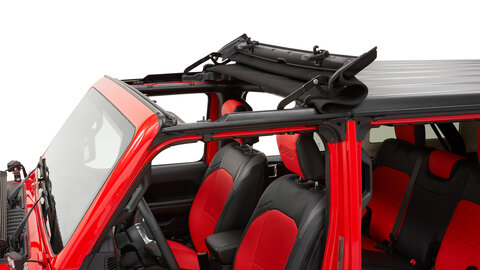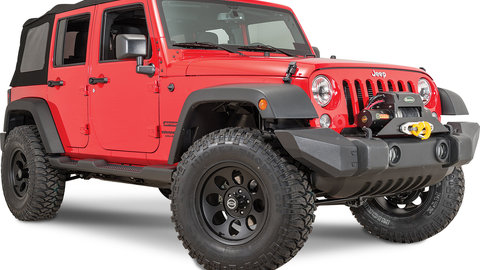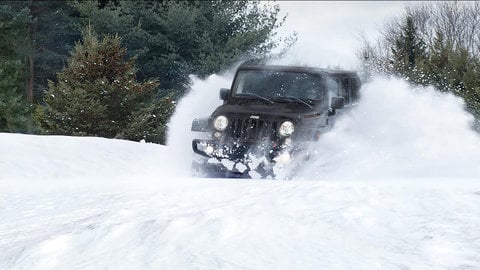by Josh Wayman
Staff Writer
Over the course of its 18 model years, more than 2.8 million Jeep Cherokee XJ models rolled off the factory line mostly from the brand’s Toledo, Ohio assembly plant. And during that time, not only would this vehicle prove to revolutionize the automotive industry, but it would also ignite the world’s affinity for sports utility vehicles.
Many of these steel monsters are still on the road and trail today, and have received countless accolades as the best SUV of all time by auto publications and owners alike. But how the XJ came to be is a long and complicated story.
Before it ever came into view, the tale opens in the 1960s when then brand owner Kaiser Jeep Corporation sold its Wagoneer SJ, a vehicle designed in 1963 and produced all the way through 1991. While this vehicle’s luxury crafting and accessories like independent front suspension, power steering, automatic transmission and air conditioning set it apart from others on the road, the SJ’s base powertrain option used the 4.2-liter AMC inline-six, which produced a measly 110 horsepower.
Inside a vehicle that weighed 3,797 pounds, this lack of power led to a pretty underwhelming driving experience. Thus, many buyers opted for the powerful, but thirsty, 5.9-liter or 6.6-liter V8 engines. These bigger power plants had plenty of horsepower to move the behemoth SJ, however fuel economy suffered and often barely pushed above 11 miles to the gallon.
After the American Motors Corporation bought Jeep from Kaiser in 1970, engineers soon determined they really wanted to modernize the outdated and oversized Jeep Wagoneer. So the company developed a sportier two-door version of the SJ in 1974 and dubbed it the Cherokee. However, sales quickly dwindled as the second oil crisis of the decade took hold.
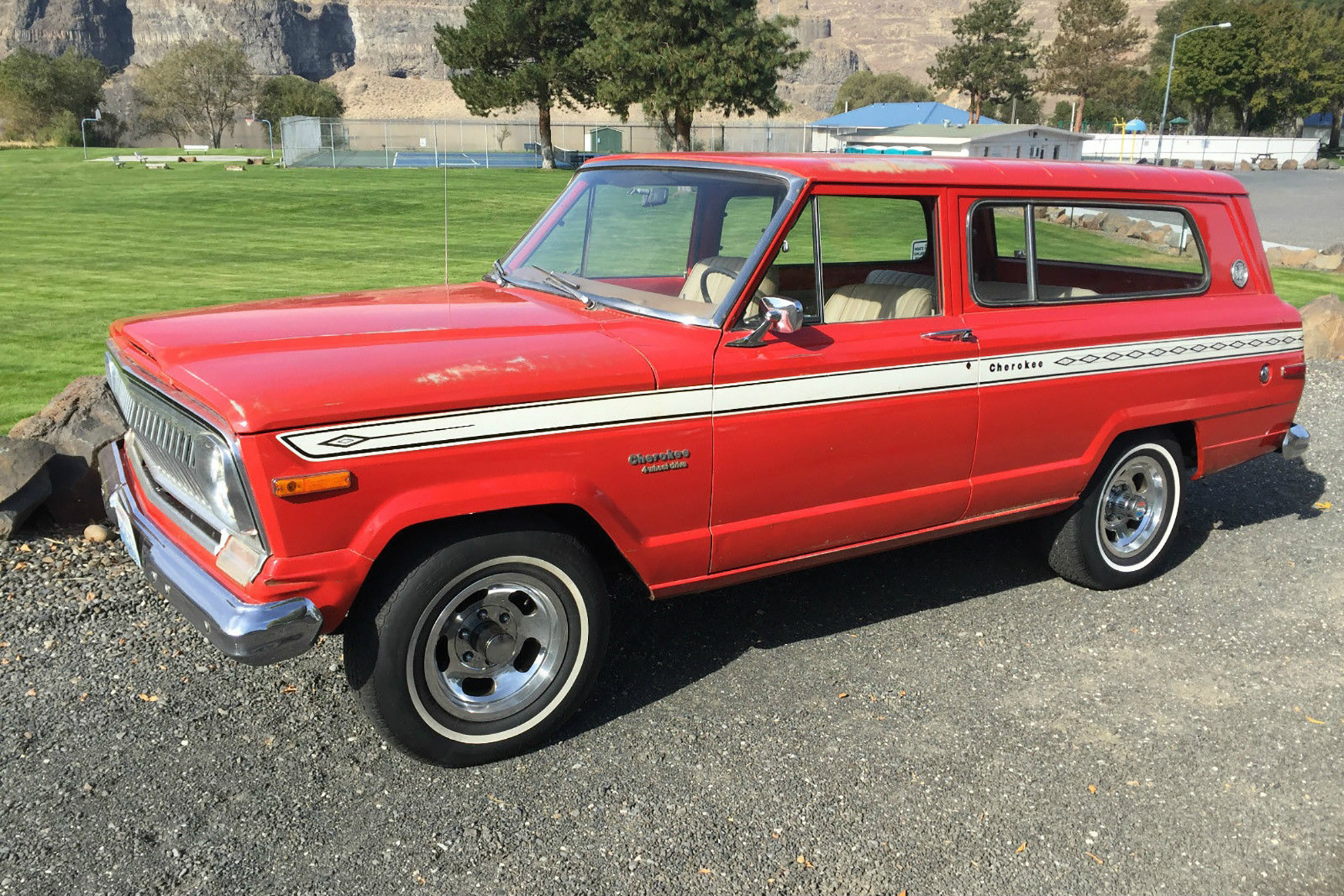
By the end of that decade, AMC was not in the best financial shape. So after conducting market research and receiving much-needed financial support from French automaker Renault, AMC began development of a lighter and more capable replacement for the SJ.
The automaker turned to legendary automotive designer Dick Teague to come up with this new Cherokee vehicle design. Additionally, Renault installed François Castaing as Vice President for Product Engineering and Development on AMC’s board.
Castaing, among other things in a brilliant automotive career, had risen through the ranks at Renault after working on racing engines for the 24 Hours at Le Mans, and began to oversee development on the XJ.
Both men have been called “Father of the XJ”.
Meanwhile, as Cherokee development continued to take place, Renault kept pouring money into AMC, and by 1983 had bought enough shares to achieve controlling interest in the company.
Jeep then released its Cherokee XJ for the 1984 model year and this new design certainly rocked the automotive world. The new Cherokee was 1,200 pounds lighter than its predecessor and boasted better fuel economy, higher ground clearance and better maneuverability both on and off-road.
Jeep engineers achieved these feats by using a monocoque chassis for the XJ — a huge change from the body-on-frame design that had been used in off-roaders up until that point.
Interested buyers could choose between the AMC 2.5-liter inline-four or GM 2.8-liter V6. Both options used far less gas than the old V8s, and thanks to the XJ’s lighter weight, did not feel underpowered.
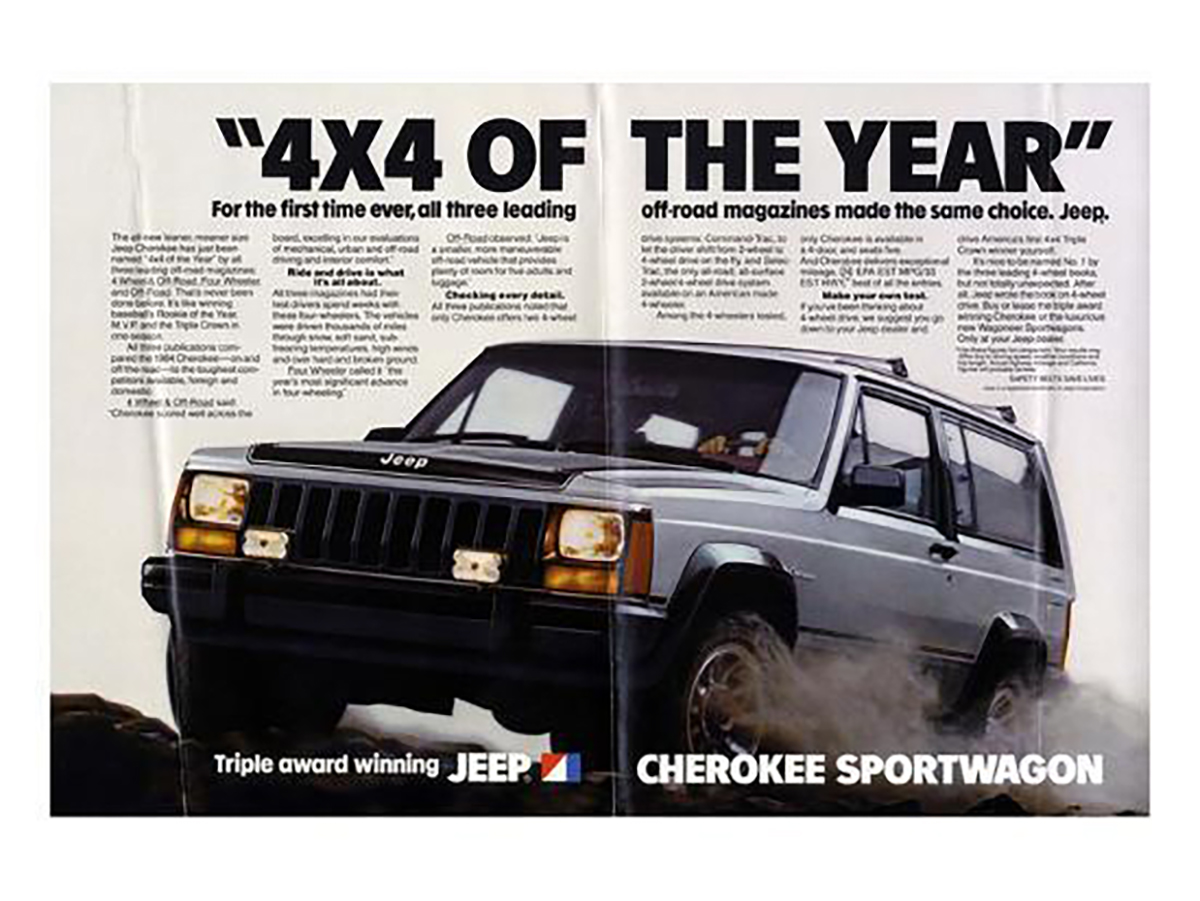
Marketed as a “sportwagon” and compact off-roader, the XJ appealed to nearly all buyer categories, but especially an affluent younger audience. Off-roaders wanted the vehicle for its improved performance on the trail, while families wanted it to replace their old station wagons with something better on gas and more cargo space. Sales skyrocketed in urban markets too, as city-dwellers could finally own an off-road vehicle that wasn’t boat sized.
In fact, thanks to the Cherokee’s popularity, Jeep’s sales figures doubled following the XJ’s release, and it was named 4x4 of the Year by three separate off-road magazines. Despite this monumental success, however, AMC continued to struggle financially and Renault soon began to suffer monetary problems of its own.
Around that same time, there was another automaker struggling to pay the bills — Chrysler. With the end goal of turning the company around, Chrysler’s board installed Lee Iaccoca as President and Chairman.
From his days at Ford, Iacocca had a reputation for turning huge profits. He was also the man who convinced Henry Ford II to build the legendary GT40 race car which crushed Ferrari at the 24 Hours of Le Mans.
Iacocca believed acquiring AMC, particularly for its Jeep division, was the solution to his company’s woes. So Chrysler set its sights on AMC and began making offers to Renault.
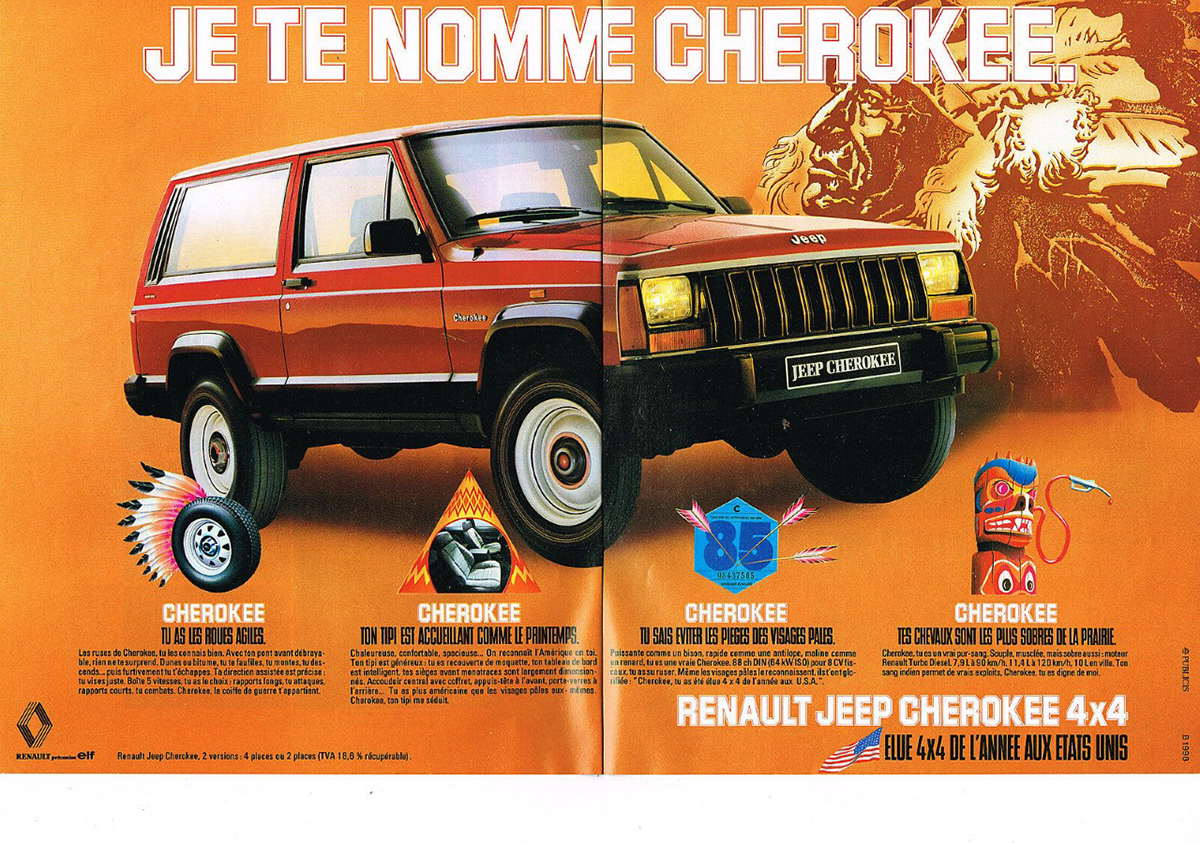
Most executives at Renault were ready to sell, but chairman Georges Besse strongly advocated keeping control of AMC. He saw immense potential in the Jeep brand and was hesitant to lose Renault’s foothold in the North American market. With the goal of turning both Renault and AMC around, Besse implemented a ton of changes within the companies — including laying off 21,000 employees.
For better or worse, his efforts started to work and AMC managed to turn a profit. Things started to look good for both companies, but everything changed on November 17, 1986.
On that chilly Paris evening, two members of French far-left extremist group Action Directe rode up on a motorcycle and shot Besse four times after he exited his vehicle. Besse died on the scene and Action Directe would later claim the assassination was in direct response to the layoffs.
With no voice left at Renault to advocate for AMC, executives quickly agreed to sell the company and Chrysler purchased the company in 1987.
Now, the Jeep brand was under the helm of a massive American automaker and the XJ had only just begun its reign as the king of SUVs.












